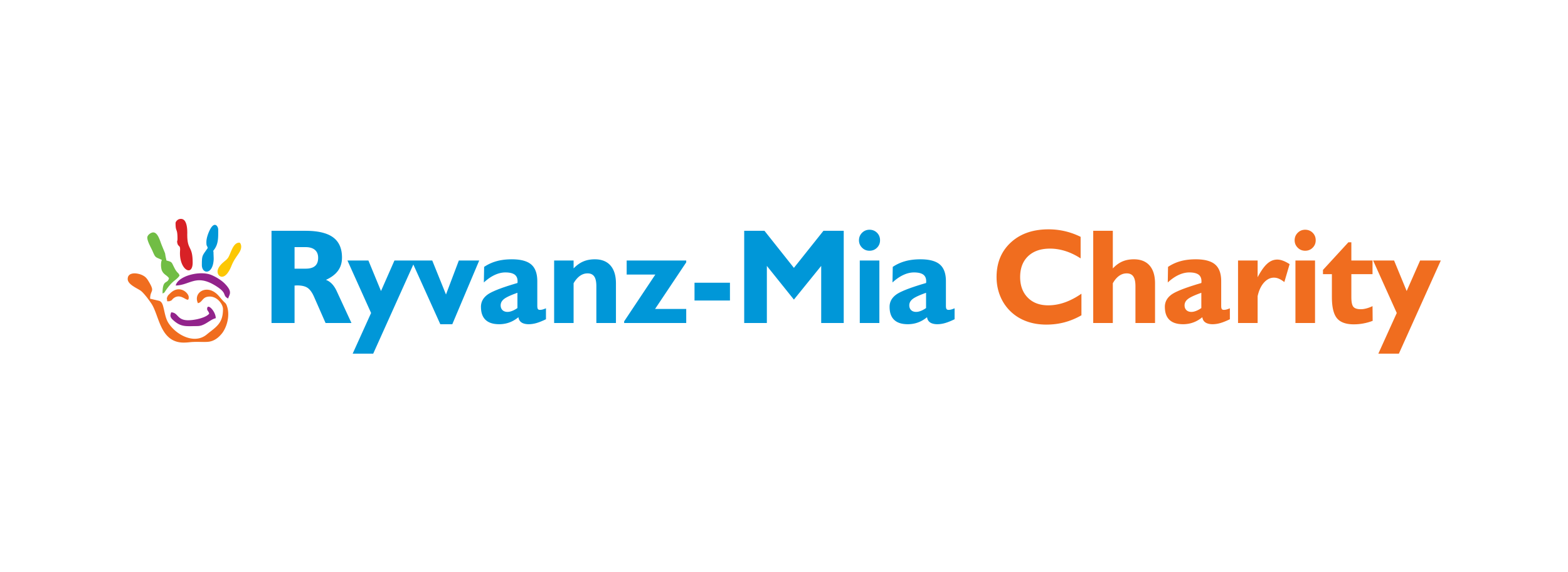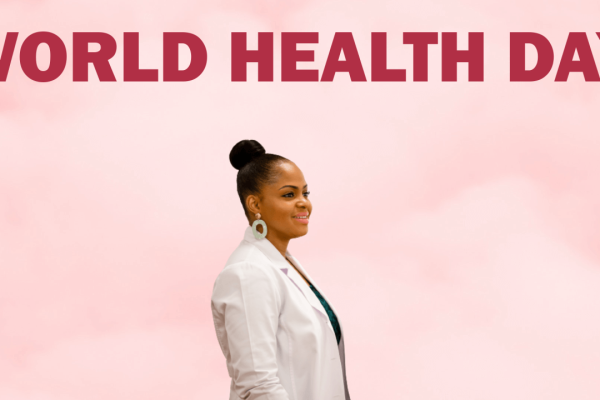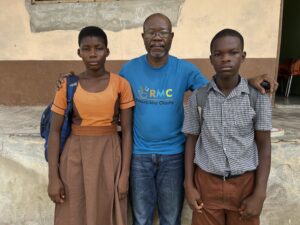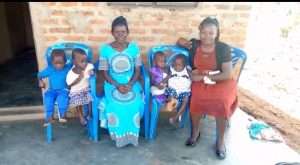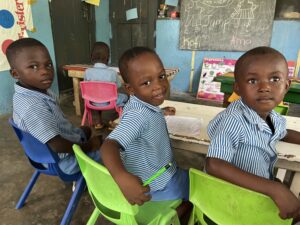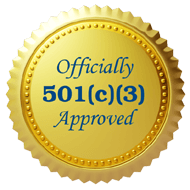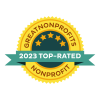7 APRIL
Every year since 1948, April 7 has been celebrated as International Health Day. 1948 is the year in which the first World Health Organization (WHO) Assembly was held, which decided to establish, through resolution WHA/A.2/Res.35, a day dedicated to world health. As such, the purpose of this occasion is to promote global health awareness. The Day has been commemorated since 1950, the date marking the anniversary of the founding of WHO. Over the past 50 years, this anniversary has brought to light significant health issues, such as mental health, maternal and child care, and climate change. The celebration provides an opportunity to focus global attention on these key aspects of global health and raise awareness about key issues affecting public health. WHO on the occasion of this important anniversary has launched the campaign to build a better and healthier world. In fact, the leading theme of this year’s Day is “Building a Fairer, Healthier World.” But what is the significance of this theme? “Our world is an unequal world,” states WHO. As the Covid-19 pandemic highlighted, some people are able to live healthier lives and have better access to health services than others-this is due entirely to the conditions under which people are born, grow, live, work and age.
LIFE
“Three years of the pandemic have had enormous repercussions on the work and mental health of health and care workers globally,” denounces Tedros Adhanom Ghebreyesus, WHO Director-General. “We continue to face great inequalities in access to health services, serious gaps against health emergencies, and threats from harmful health products and the climate crisis. Only through cooperation can we address these global challenges.” That the foundation of any resilient health system lies in the central role of the workforce was clear from the speeches of the experts and leaders present at the African Health Agenda 2023 International Conference held in Rwanda March 5-8. “Practical support for health workers is the backbone of a healthy population, and training human capital in line with the demands of developing countries is indispensable to meet the UN Sustainable Development Goals,” emphasized Githinji Gitahi, Ceo of Amref Health Africa Group. “Health is an indispensable human right. Only healthy people can go to school and work: the value and strength of a country comes from health.” In developing countries, only 7 percent of global health aid over the past 10 years has been invested in the workforce itself. Funding is too often narrowly focused on specific diseases (vertical investments) rather than targeted according to a broad-based, forward-looking approach.
RIGHT TO HEALTH
The right to health in Africa is still a privilege for the few. The procurement of vaccines is making clear the disparities between the global north and south, between more developed and poorer countries, and how this economic distance is reflected in the ability of states to provide for the health of their citizens through health systems. The latter are the continent’s real, great sufferers, mirroring bad and short-sighted public policies, guilty of perpetuating inequalities and undermining the right to health of the poorest countries. According to the World Health Organization, a laughable percentage of the 2.7 billion vaccine doses distributed globally have been administered on the African continent, and just over 4 percent of the African population is fully covered against Covid-19. The outlook for the continent is not rosy: analysts believe that 90 percent of African countries will miss the target of vaccinating one-tenth of their population by the end of September, so much so that many NGOs around the world have mobilized to call for the suspension of intellectual property of vaccine patents for Covid-19, which are still held by pharmaceutical giants. OMS estimates that Africa has a quarter of global disease cases, but can rely on just 3 percent of the world’s health workers and less than 1 percent of the world’s financial resources. Few countries have public health care, and there is often a two-tiered system that offers the wealthy access to quality care through private health insurance, while the rest of the population has to make do with overcrowded government facilities.
RIGHT TO WATER
Where there is water, life flows, but in sub-Saharan Africa the most precious commodity for every human being is not accessible to all. In rural and arid areas far from large cities live some 313 million people who do not have access to clean water to drink, more than 400 million who lack basic sanitation, and more than 500 million who do not even have the ability to wash their hands with soap in their homes. In the most vulnerable areas of the continent, we work with the goal of increasing access to water and sanitation resources, because the health of every man, woman or child cannot go without the availability of clean, safe water. Animal-borne diseases and climate emergency: the One Health approach. To date, 60 percent of human infectious diseases are of animal origin. These include HIV, Ebola, SARS, Rift Valley Fever and, of course, COVID-19. They spread very quickly globally and have not only a negative impact on public health, with huge numbers of sick people and deaths, but also have devastating socio-economic consequences. Just as very destabilizing are the consequences of climate change. It is estimated that in recent years, climate and natural disasters in Africa alone have pushed 23 million people into situations of acute food insecurity: this is 80 percent of the total number of people in the world suffering from climate-induced hunger.
WOMEN’S RIGHTS
Africa is a woman because on the shoulders of women fall the major responsibilities and problems of African society. But Africa is also a woman because the untapped potential of the female population constitutes an enormously valuable resource for the continent’s development. Nevertheless, women’s rights are not protected as they should be, starting with the right to health: of the 200 million women worldwide who have undergone female genital mutilation, the majority are African; 66 percent of all global maternal deaths occur in Africa. Gender discrimination, social and economic, also causes enormous harm to the entire continent: since 2010 it has come to cost an average of $95 billion a year, peaking in 2014 at $105 billion, or 6% of African GDP. In our interventions, we promote women’s empowerment, the fight against genital mutilation, and the protection of maternal health, so that women are increasingly aware of their rights and the fundamental role they play as agents of change. Our hope for the future is that every girl can one day become the woman of her dreams; the world’s achievement will be to be able to consider every little girl and girl, no matter where she lives, as a human being first.
RIGHT TO MEDICAL CARE
Growing up in Africa is a daily challenge. Living in places where health systems are weak, in remote territories or where wars are being fought, plagued by famine or at the mercy of climate change, results in sky-high child mortality rates. Half of all the world’s deaths of children under age 5 occur in sub-Saharan Africa. Among the leading killers of the youngest children are malaria, pneumonia, diarrhea and malnutrition; the latter accounts for 45 percent of all child deaths in Africa. Exacerbating the situation is the current health emergency due to Covid-19. The pandemic, added to the lack or inadequacy of health services, unstable of economies and the difficulty of ensuring sufficient food, will cause in Africa Sub-Saharan Africa a 23 percent increase in poverty level. We protect and promote the rights of all children, with special attention to the right to health. Of the 20 countries with the highest maternal mortality rates in the world, 19 are in Africa; this region also holds the sad world record for neonatal mortality. If we are to continue to make progress, African governments and their partners must make a firm commitment and invest more funds in strengthening health systems
